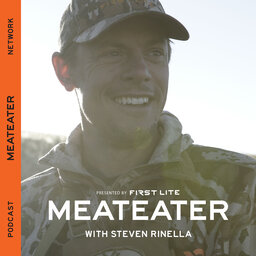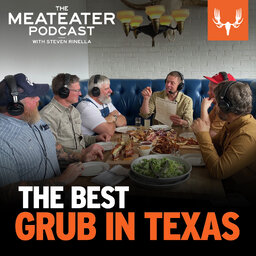Ep. 564: De-extinction: Can We Make a Mammoth, and Why Should We?
Steven Rinella talks with Matt James of Colossal Biosciences, Janis Putelis, Ryan Callaghan, Brody Henderson, and Randall Williams.
Topics discussed: Explaining de-extinction; bringing back the woolly mammoth, dodo bird, and Tasmanian tiger; bringing back Mingus, or Mingus 2.0; watch our Bull Boat race video between Steve and Cal; gene editing with CRISPR; how do you manage habitat for an animal that hasn’t been around for 400 years?; nature-based solutions for restoring ecosystems; developing technologies to create artificial wombs; eradication; and more.
Connect with Steve, MeatEater, and The MeatEater Podcast Network
 The MeatEater Podcast
The MeatEater Podcast


